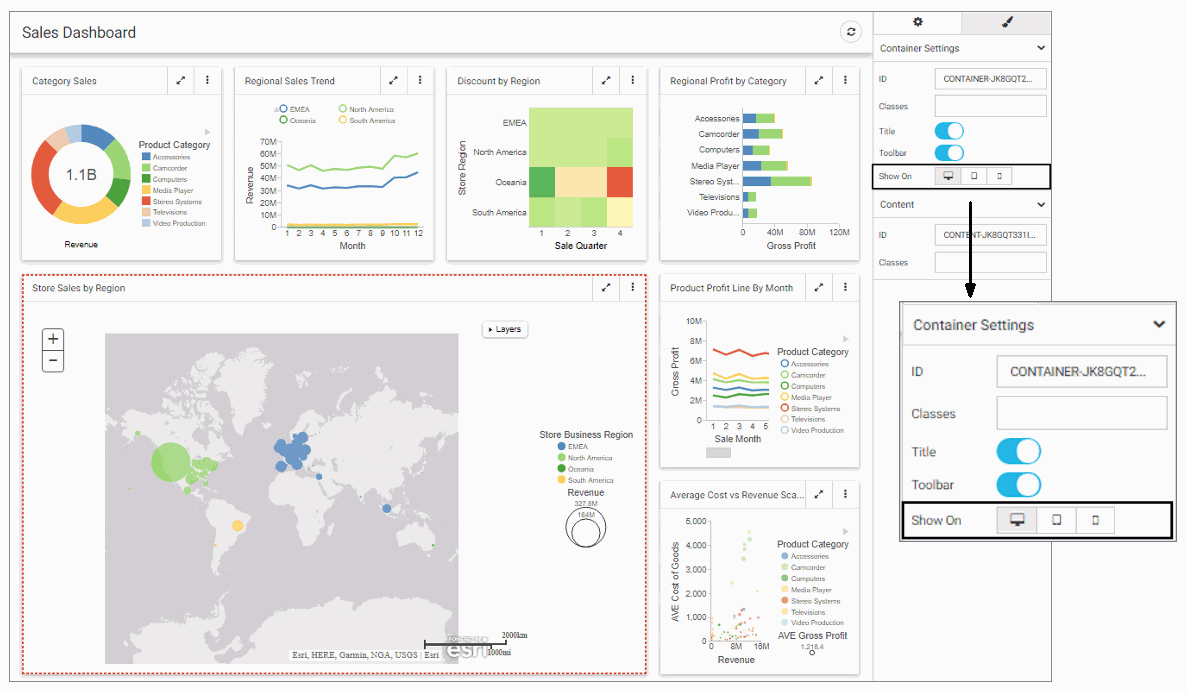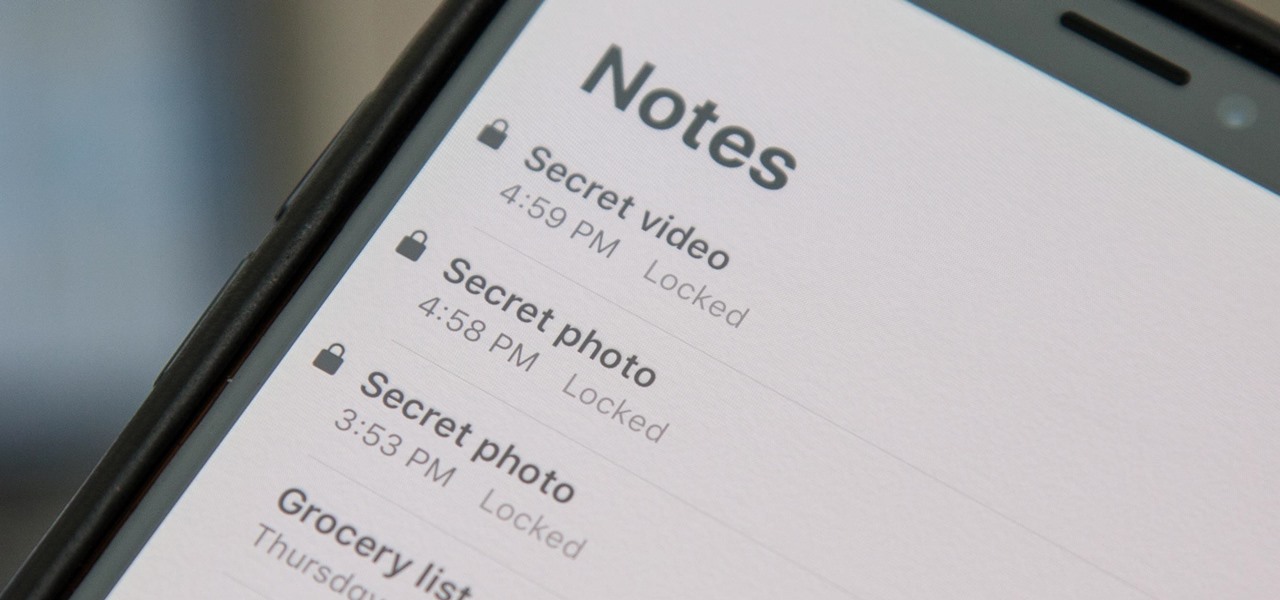How to hide files and folders on Android devices without installing any third-party app Shaurya Shubham Android operating system is based on Linux, it has some features borrowed directly from the ‘mothership’ such as the ability to create hidden folders so that certain files and folders can only be accessed using the file manager app.
Show content on mobile devices.
- To make some elements or rows hidden on mobile device only and make them visible on desktop and tablets, you need use the “ Visibility for Devices ” option in the WPBakery settings inside the row or an element. Open the Row settings and scroll down to “Visibility for Devices” option. Click on it and select “ Hidden on Phones “.
- To hide elements on any arbitrary screen size, you can make use of a specific Bootstrap.d-none class. For small screen sizes, you can modify it to use.d-sm-none class For extra small screen sizes, you can modify it to use.d-none or.d-xs-none For medium screen devices, you can modify it to use.d-md-none.

This is where things get technical. To insert text or images specifically for mobile on your landing page, simple add the following code in the HTML <body>:
This div will declare that this copy will respond only when the class is triggered. By adding the code below, the class will only be triggered when the user is on a mobile device. Add the following code in the HTML <head> section of your page:
Hide content on mobile devices.
To hide certain text or images that will not display on mobile devices, you will add similar code as before in your HTML <body>:
Then, you will want to add the following code to your HTML <head> section:
If you want this styling to apply to your entire website, add the following to your CSS stylesheet:
Test your mobile codes.
Once you have your tests set up, including the text/images you will hide and unhide for mobile viewers only, it’s important that you test out the page on a mobile device yourself. Because I’m not an advanced coder myself, sometimes I forget a bracket or misspell a word that ends up causing weird things to happen to the page. Don’t forget this step to ensure that everything is working the way it is supposed to on your desktop versus your mobile device.
This is a definitive guide into hiding content on desktop and web clients that you only want displayed on mobile email clients.

These days, responsive design is getting popular on email. Having the layout and sizes of elements change when viewed on a desktop vs mobile environment make for a much more pleasing email experience for the recipient.
The question is, what is the best way to hide content that you only want seen on a mobile device – such as a call to action to try out your mobile app or a clever layout trick – so that it is not displayed when the user opens on an email on a desktop or web client?
Try out the Image Carousel for Email Tool.
The proper way to hide content is to style a content with “display:none”, however due to the quirks on email clients such as Yahoo! Mail and Outlook 2007, 2010 and 2013 (Outlook 2007/10/13), its not as straightforward.
The markup below will do the trick:
2 | <div class='mobilecontent'style='mso-hide:all;display:none;max-height:0px;overflow:hidden;'> </div> |

Hide Element On Mobile
Warning: Make sure to put this on a div and not on a table. You can nest the table within the div if needed. This is because Yahoo! Mail will strip display:none and max-height cannot be applied to tables.
To show the content within mobile clients you add a media query:
